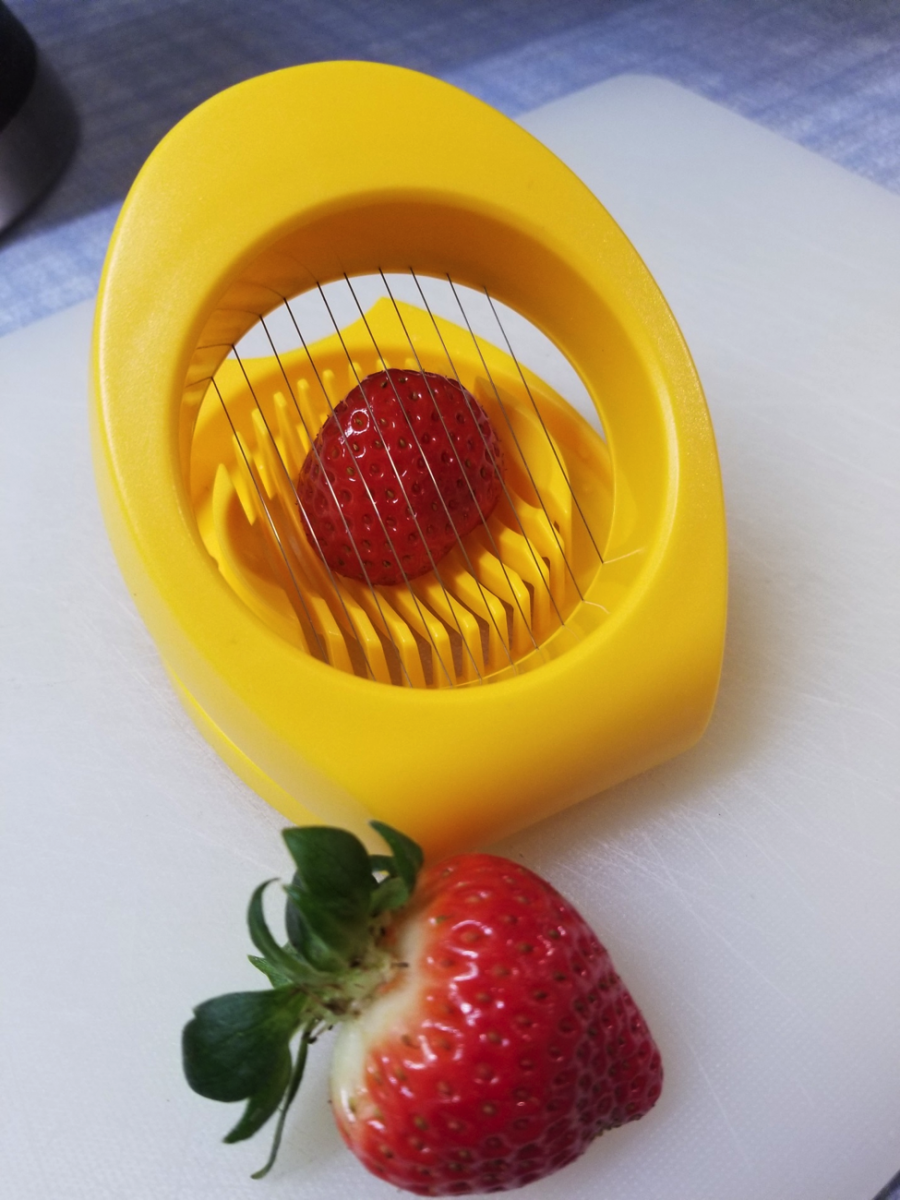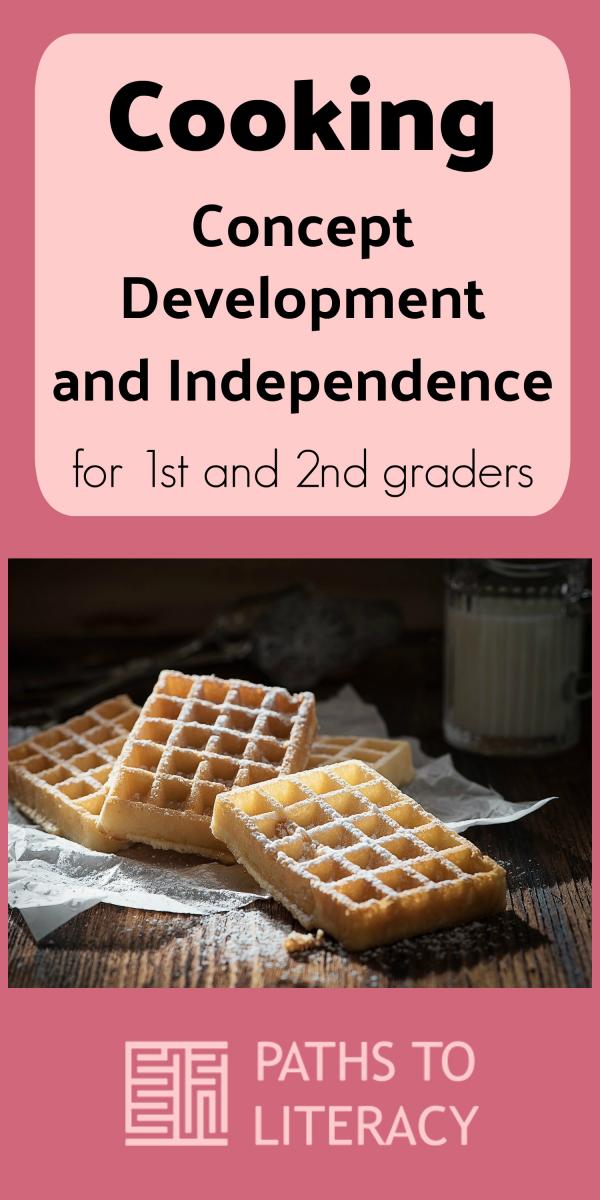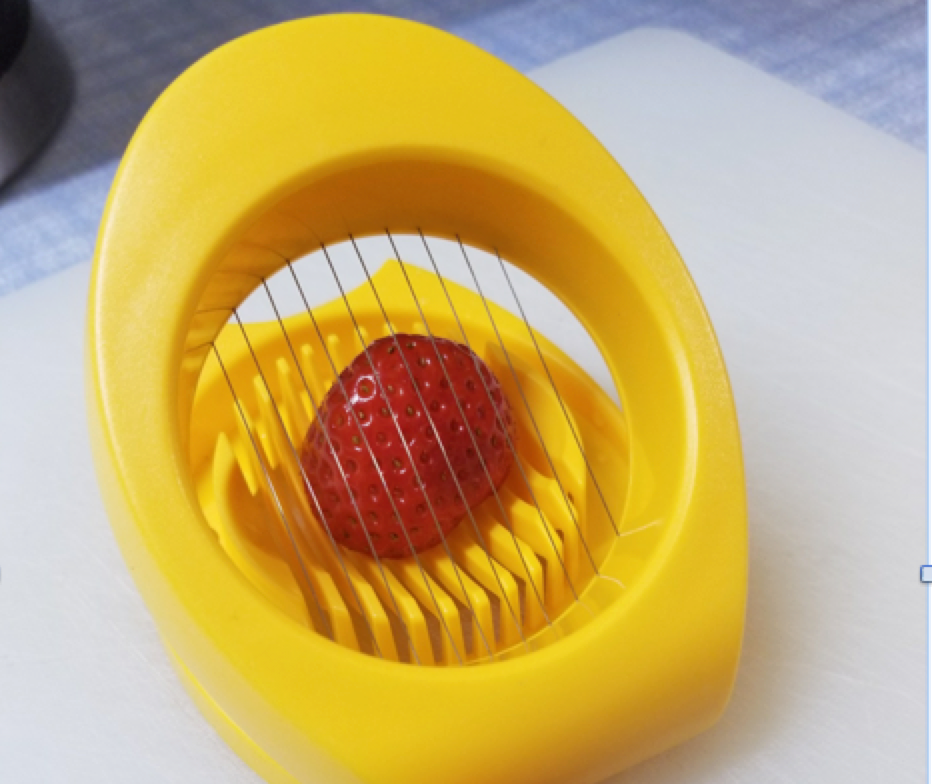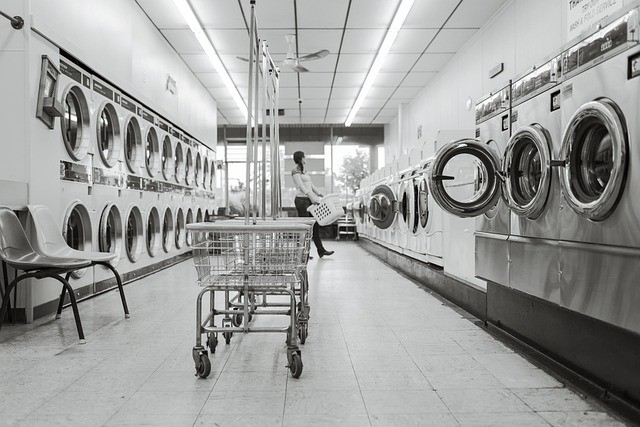 As Teachers of Students with Visual Impairments (TVIs) we teach our students the Expanded Core Curriculum. Cooking, under Independent Living Skills, is an area where TVIs can typically create a meaningful lesson plan for students of nearly any age. This article suggests a method of creating understanding around cooking for younger elementary students who are learning braille.
As Teachers of Students with Visual Impairments (TVIs) we teach our students the Expanded Core Curriculum. Cooking, under Independent Living Skills, is an area where TVIs can typically create a meaningful lesson plan for students of nearly any age. This article suggests a method of creating understanding around cooking for younger elementary students who are learning braille.
Teaching Independence and Concept Development
We want to teach independence. Does independence mean that the student learns to open a packaged can, or bag, or a box and to feed herself? These are examples of independence. Our students have not had the opportunities that peers have had to see what goes into their breakfast, lunch, and dinner through daily incidental learning. Do we have a responsibility to the student to build a foundation of nutrition and an understanding about how eating choices may impact their health? Teaching students what is in their food will give them the basis from which they may learn to make nutritious choices—whether a food is a “go” food or a “whoa” food.
This article is about one method of helping to build independence and helping students understand what ingredients are in their food. It explains how we might have students experience making a food from scratch and then, after they know what is in it, teach them another way to make that allows them to be more independent.
As my first grade student ate her snack, I regularly asked her what the snack was made out of. She could identify salty and sweet consistently, but not other components or ingredients. She did not know what was in her food.
My colleagues and I collaborated with a local community teaching kitchen. This particular teaching kitchen is a community resource where high school students learn real life and work skills in an alternative setting, adults with disabilities come to work and learn, and the public can buy ready-made goods or order custom-baked goods. The teacher and chef at the kitchen had prior experience teaching an adult who is blind. She was willing to meet with, collaborate with, and teach us and our students.
Identifying Priorities and Goals for Teaching Cooking
My colleagues and I put together a list of ideas about our priorities in teaching cooking and to our students. The goals we set for our activity are listed below.
- Knowing what is in food—to be accomplished by making food from scratch
- Making something they can replicate at home
- Practicing measuring and pouring with adapted measuring cups, etc.
- Learning what kitchen appliances are, how they turn on, what they are used for and getting experience with them
- Setting the table
- Cutting their own food
- Safety around cooking and cooking equipment
- Social/Emotional—recognizing that they are not the only 1st/2nd grader in the world who reads braille
Talking with the Chef, she helped us understand that we could accomplish all of our goals through building a lesson around waffles. Cooking waffles became our lesson plan, with slicing strawberries, and making whipped cream.
The first and second goals drove the choices that were made in the program and will be expanded upon below. Goals 3-7 are standard for cooking lessons. Goal 8 in particular was significant for this group.
Goal 1: Knowing What Ingredients Are In Food
We wanted our students to know what is in their food. While making a familiar food (waffle) from scratch does not take students out to the farm to grind the grain and really learn where the food comes from—which would be a worthwhile lesson, but not one we tackled through this program—it does help them learn about ingredients. It gives the experience of learning about and assembling the ingredients. The community teaching kitchen allows our students the opportunity to tactilely experience what they likely miss that a peer might passively gain as their parents assemble breakfast on weekends in the kitchen at home. These experiences ranged from opening up a bag of flour and reaching in to feel the soft, powdery texture to taste testing it. They were able to taste and touch nearly every ingredient used in the lesson. The students also used a commercial mixer to make whipped cream. Before they used the commercial mixer, they used an old fashioned hand crank mixer. With the crank mixer they were able to safely control the speed of the beaters and feel how they turned into each other. They also appreciated the efficiency of the electric mixer after taking a turn with the crank.

Goal 2: Learning to Make Something to Replicate at Home
We felt strongly that it was important to make something that the students could replicate at home. While not every student has a waffle iron at home, the majority of students have access to a toaster. We allowed the students to make waffles from scratch with many hands monitoring and supervising. After they had made every component from scratch, we also taught the students how to use a toaster and tongs to make frozen waffles. After instruction, each student left with the full homemade recipe in braille and with a box of frozen waffles, a set of tongs, and a few strawberries and an egg slicer (to cut the strawberries); so that they could demonstrate their new skills immediately for their families.

Goal 8: Social Experience with Other Students with Visual Impairments
Ten minutes into the experience, one student entered the room and sat down. After listening to another student who had arrived before her reading with her teacher, she said, “I want a large print copy like her.” The other student answered, “I have braille.” The first student replied, “Why?” “Because it’s easier.” When they got up to leave, a different student explained to the others why she uses her cane. The words that we as teachers had been using for months with the students to try to motivate them to use and even embrace braille and the cane had not done much to change their opinions. Hearing a peer explain why they use braille or a cane, started to change students’ perceptions instantaneously. They knew that it was okay to pull things in close to see them or to use auditory cues to understand when the waffles were finished. Once they understood that they had their visual impairments in common, they were open to the experiences and to taking the opportunities to explore instead of standing back and letting their peers have the experiences as they sometimes do with sighted peers in class.
Unanticipated Outcomes
As TVIs, it was a challenge to incorporate the needs of all the students into one lesson. Each teacher gave their student the level of assistance that each needed. We all benefitted from the expertise of the Chef, who understood details that we did not foresee (such as a forgiving mixture that would not get too dense with over mixing or the simplicity of using an egg slicer to cut strawberries).
Ultimately, the familiarity of the frozen waffles won our informal ‘taste test’. All of the students reported that they preferred the taste of the frozen waffles. We might have been disappointed considering that we put in hours of work for the students to tell us that they preferred familiar frozen waffles. But the day didn’t end there. The day ended with another proclamation by the students.
The students want to be chefs when they grow up.
We were able to give these students new experiences that they valued and the students are open to learning more. They even forged new friendships in the process.





